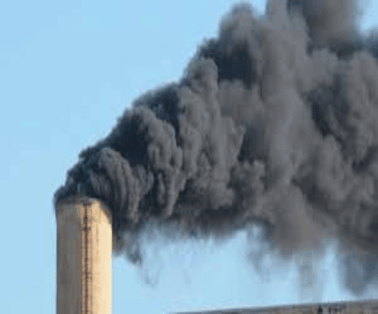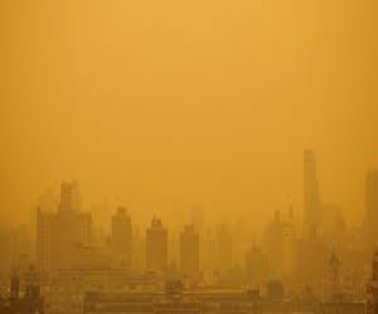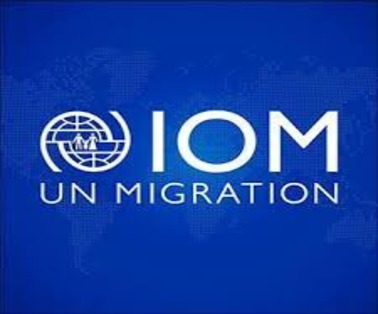At the COP26 climate summit in Glasgow (November 2021), India made a historic pledge to achieve net-zero carbon emissions by 2070. With a commitment to sustainability, India has positioned itself as a leader in the global movement toward carbon neutrality.
According to the Ministry of New and Renewable Energy, India had installed over 180 GW of renewable energy by 2023 and is on track to meet its 500 GW target by 2030, significantly reducing its dependency on fossil fuels and curbing carbon emissions.
Understanding Black Carbon and Its Impact on Carbon Emission
- Black carbon is the dark, sooty material emitted alongside other pollutants when biomass and fossil fuels are not fully combusted.
- It contributes to global warming and poses severe risks. Studies have found a direct link between exposure to black carbon and a higher risk of heart disease, birth complications, and premature death.
- Black Carbon is a short-lived pollutant that is the second-largest contributor to warming the planet behind carbon dioxide (CO2).
- Unlike other greenhouse gas emissions, BC is quickly washed out and can be eliminated from the atmosphere if emissions stop.
Sources of Black Carbon Emissions in India
- Most black carbon emissions in India arise from burning biomass, such as cow dung or straw, in traditional cookstoves.
- According to a 2016 study, the residential sector contributes 47% of India’s total black carbon emissions. Industries contribute a further 22%, diesel vehicles 17%, open burning 12%, and other sources 2%.
- Decarbonisation efforts in the industry and transport sectors in the past decade have yielded reductions in black carbon emissions, but the residential sector remains a challenge.
PM Ujjwala Yojana: A Key Initiative to Curb Carbon Emission
- It is implemented by Union Ministry of Petroleum and Natural Gas
- The Pradhan Mantri Ujjwala Yojana (PMUY) would provide free liquefied petroleum gas (LPG) connections to households below the poverty line.
- The primary objective was to make clean cooking fuel available to rural and poor households and reduce their dependence on traditional cooking fuels.
- Ujjwala 1.0 was launched in 2016, during which a target was set to provide deposit-free LPG connections to 5 crore women members of BPL households.
- Subsequently, the scheme was expanded in April 2018 to include women beneficiaries from seven more categories (SC/ST, PMAY, AAY, most backward classes, tea garden, forest dwellers etc).
- The scheme is complementary to the Prime Minister’s ‘Give It Up Campaign’ through which a huge number of middle-class families have voluntarily surrendered their cooking gas subsidy.
- The target was revised to 8 Crore LPG connections and this target was achieved in August 2019, seven months ahead of the target date.
- The PMUY has established infrastructure to go with LPG connections, including free gas stoves, deposits for LPG cylinders, and a distribution network.
Features
- The scheme provides a financial support of Rs 1600 for each LPG connection to the BPL households.
- Apart from a deposit-free LPG connection, Ujjwala 2.0 also provide a free-of-cost first refill and hotplate to the beneficiaries.
- The enrollment procedure for PMUY Ujjwala 2.0 requires minimal paperwork.
- Migrants will not be required to submit ration cards or address proof to get the benefit. All they need is a self-declaration for both ‘family declaration’ and as a ‘proof of address’.
Achievements and Challenges in Reducing Carbon Emission
- The programme has been able to play a vital role in reducing black carbon emissions, as it offers a cleaner alternative to traditional fuel consumption.
- The programme has provided connections to over 10 crore households as of January 2024.
- However, in 2022-2023, 25% of all PMUY beneficiaries — 2.69 crore people — availed either zero LPG refill or only one LPG refill, according to RTI data, meaning they still relied entirely on traditional biomass for cooking.
- The average PMUY beneficiary household consumes only 3.5-4 LPG cylinders per year instead of the six or seven a regular non-PMUY household uses.
- This means up to half of all the energy needs of a PMUY beneficiary household are still met by traditional fuels, which have high black carbon emissions.
- A shortage of LPG and higher usage of traditional fuels also affect women and children disproportionately
To Download Monthly Current Affairs PDF Click here
Click here to get a free demo
Discover all about CLAT Exam



